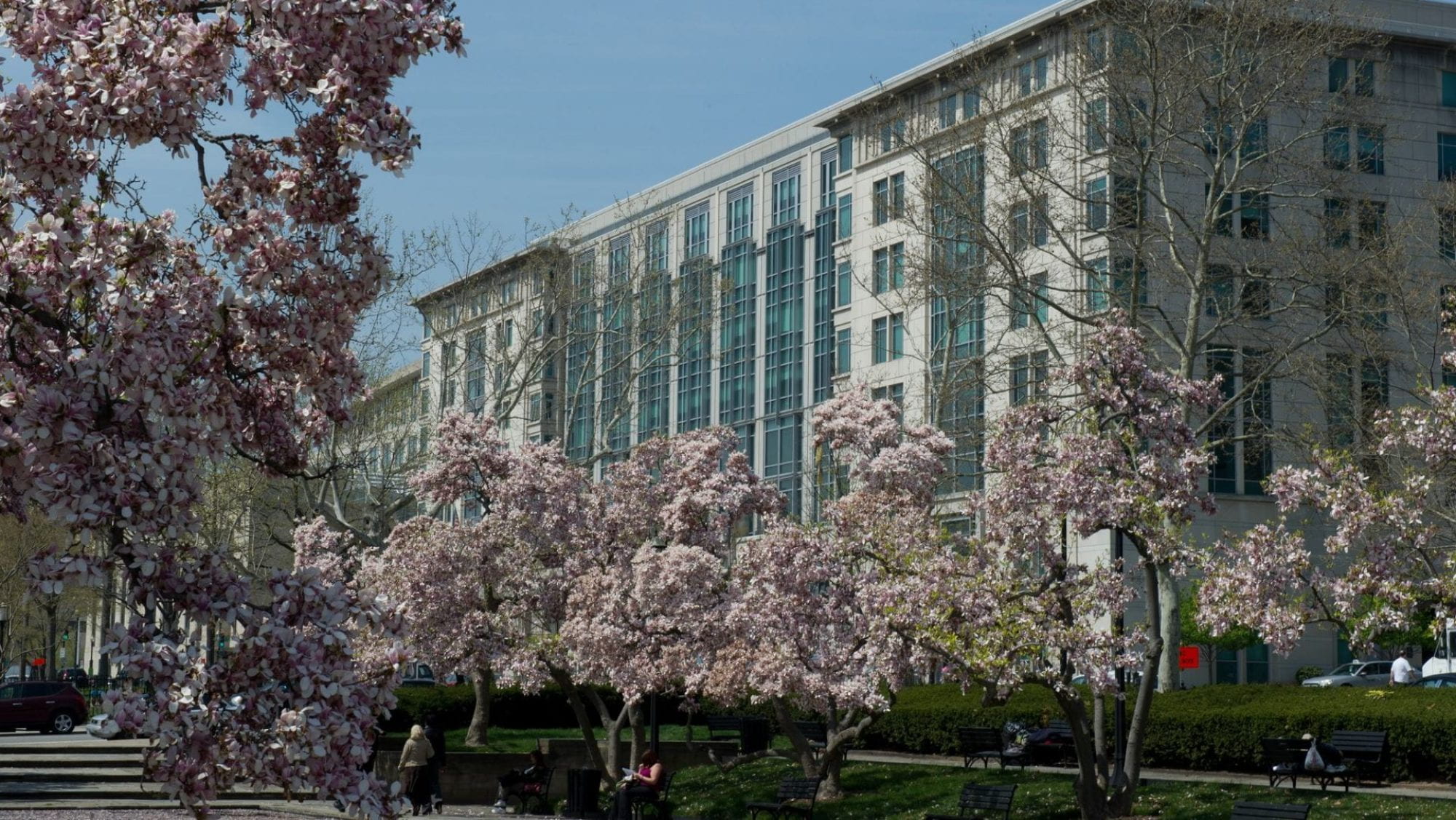
Growing up in an affluent New Jersey suburb of New York City, George Washington University senior Francesca Edralin believes many in the U.S. are in a bubble regarding climate change because they don’t necessarily see the effects of it on a day-to-day basis. But with family roots from the Philippines, a country among the most vulnerable to climate change, she has seen life outside the bubble and maintains there is a disconnect between those directly encountering the climate crisis and those making policy decisions surrounding it.
Her experiences at November’s United Nations Climate Change Conference (COP26) in Glasgow, Scotland, further confirmed that.
Attending as a Storytelling Fellow for Planet Forward, the international affairs major and journalism/mass communications and sustainability minor spent much of her three days chronicling the event from as many viewpoints as possible. The Blue Zone, she said, was where negotiations and delegation meetings took place. The Green Zone was open to the public and more educational. She also documented what was going on outside the conference, as passionate activists lined the streets with signs and chants to make their voices heard. But she feels they fell on too many deaf ears.
Based on her observations, she could sense those in the Blue Zone—the policymakers—were most interested in their own organizations and governments, while those demanding for change—many of whom were younger citizens—were left outside, a scene she knows all too well.
“Not everyone has a seat at the table,” Ms. Edralin said. ““While there is a space and growing movement with young people voicing their opinions, I see that a lot of times they don’t have access to the frameworks.”
She was encouraged, however, by a speech from Georgia Senator Jon Ossoff, whom she’d later converse with one-on-one. Sen. Ossoff’s speech resonated with her because of his warning to others in the Blue Zone that young people will face the consequences and be the judges of the action, or lack thereof, taken now.
“It gives me hope that people like him in the Senate are pushing the climate conversation forward,” she said.
Ms. Edralin will return to Washington, D.C., this spring from Denmark, where she has been studying during the fall semester. After graduation, she is interested in bringing together the private sector and environmental nonprofits, hoping to hold banks and businesses more accountable for environmental shortcomings. Her experiences at and through GW will be valuable assets as she seeks to become a driver of change and live up to the bargain others before her have failed to do—leave the world a better place than she found it.
“I know communications will play a big part in whatever I do,” Ms. Edralin said. “I can see issues from all different sides, and I want to be a person who can bridge these gaps. Climate change is an issue that needs a lot more connecting.”

